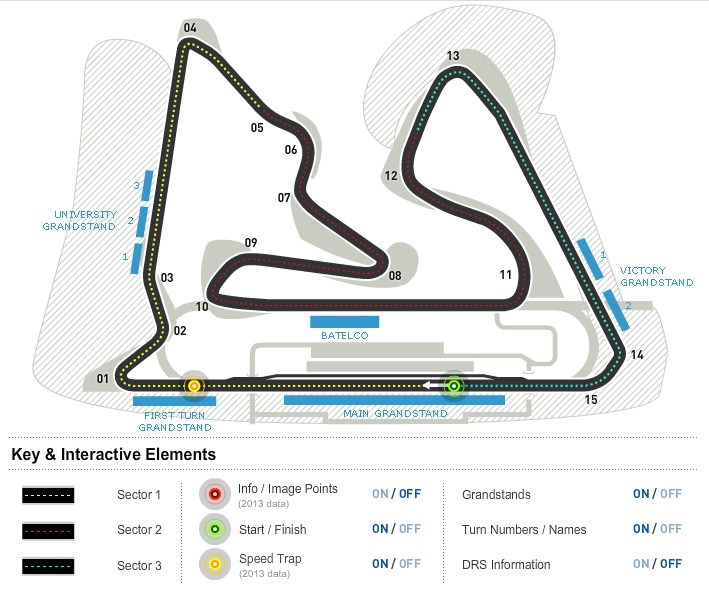It would change regarding CoM because of the way I was thinking(a very stupid one)
I totally disregarded the ground normal contact which makes the flipping occurs at the outer wheels and not around the CoM, when it happens.
If you have a flying object( let's keep the shape and size of an F1 car) and suppose you had a lateral force far some distance from CoM plane. Because there is no normal force from the ground, the object would flip around it's CoM
In that scenario, the vertical loads would never counter the flipping moment coming from the sideways force(wherever it's source on the air lol).
This is what I had in mind, I just totally disregarded the ground as if it didn't exist. I know, it was incredibly stupid of me
In this scenario which I had in mind(flipping around CoM and disregarding the floor), there would be no counter moment and the object would spin around it's CoM
The equation Fs*h = Fd*w/2 would not apply as there would be no Fd*w/2 component
Let's suppose you would have a weight distribution such that at 1/4 of the body's width, you would have the CoM of half the body.
so there would be a rolling moment around the CoM(due to vertical forces) of magnitude Fd*w/4 on one side, and equally Fd*w/4 on the other side countering it.
So the moments due to vertical forces would cancel each other out and have no influence at all in a flip around the whole body's CoM
But I understand your post regarding the actual car situation. In the limit case, the inner wheels have no contact with the ground and thus no normal force to push it upwards and enter the force equation. The resultant normal force, acting on the center of pressure of the contact patch, on the outer wheels does not contribute to the flipping around it, obviously.
So, as you said, on the limit case of inner wheels losing contact with the ground, only the total vertical load acting on the body and the lateral force will influence on the resultant moment regarding a flip around the the outer wheels
- Login or Register
No account yet? Sign up



